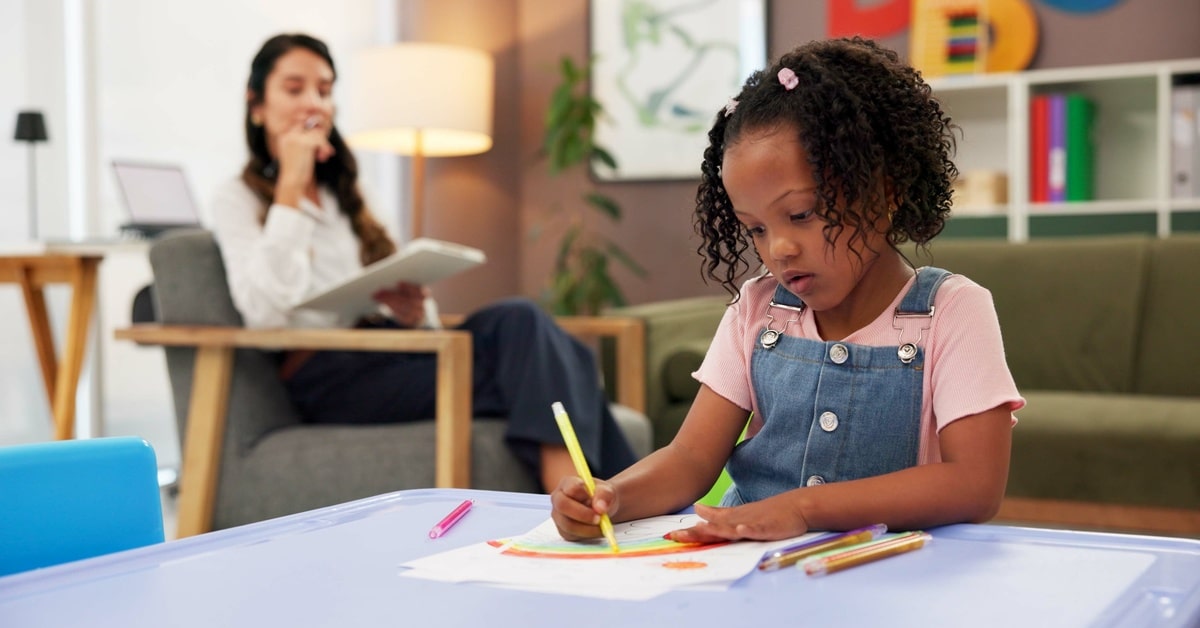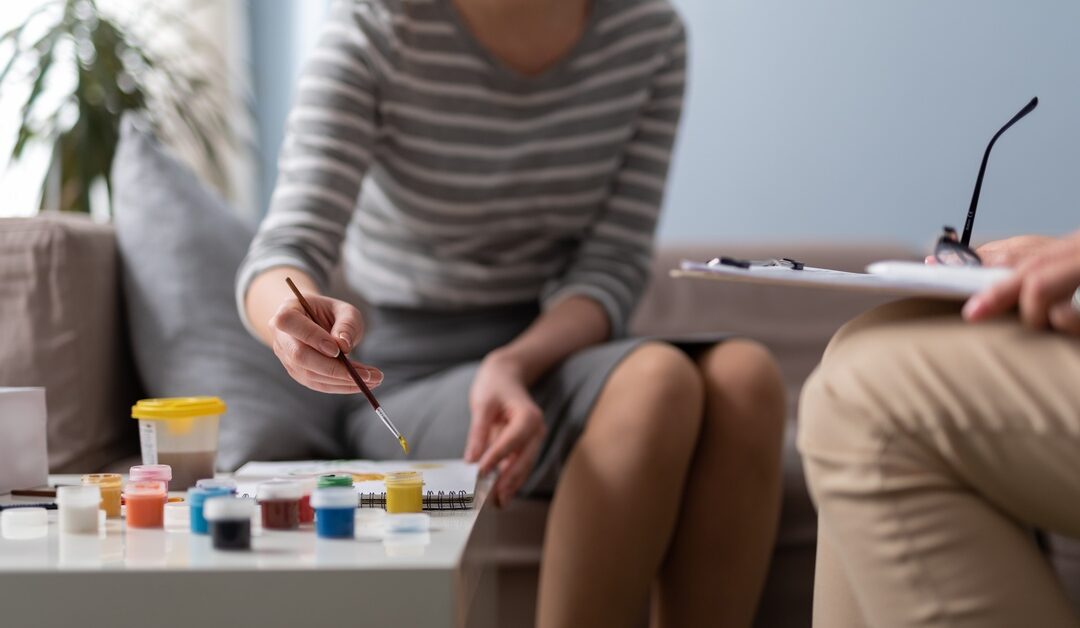Anxiety affects millions of people worldwide, creating overwhelming feelings that can interfere with daily life. While traditional talk therapy is a powerful tool, sometimes words are not enough to express what you are feeling inside. This is where art therapy can provide a unique and healing pathway. Art therapy combines the therapeutic process with creative expression, allowing individuals to explore their emotions through visual mediums rather than words alone. This guide will explore the world of art therapy, explaining what it is and how it can be a valuable resource for processing anxiety.
An Introduction to Art Therapy
Art therapy is a form of psychotherapy that involves using art materials to explore thoughts and feelings under the guidance of a licensed art therapist. The focus is not on creating a masterpiece but rather on the creative process itself and the insights that emerge. It operates on the principle that the act of creating art can help individuals communicate issues that are difficult to put into words.
In a session, an art therapist provides a safe, supportive environment where you can use various mediums to express yourself. The therapist helps you reflect on your artwork and the process of making it, connecting your creative experience to your inner emotional world. This approach allows for a different kind of communication—one that can bypass the mental blocks that sometimes arise in traditional talk therapy, offering a new perspective on your challenges.
Key Art Therapy Techniques
Art therapy encompasses numerous creative activities that can be adapted to meet individual needs and preferences. The following activities represent some of the most commonly used approaches in art therapy sessions.
- Drawing and doodling: This technique uses simple materials like pencils or pens to create spontaneous images, patterns, or scribbles that can reduce stress.
- Coloring: This meditative activity promotes relaxation and mindfulness while providing a sense of accomplishment.
- Collages: This technique involves combining different materials and images to create meaningful representations of thoughts or experiences.
- Sculpting: Working with clay or other moldable materials provides a tactile experience that can be particularly grounding for anxious individuals.
Who Art Therapy Can Benefit
Art therapy is a versatile approach that can benefit a wide range of individuals, regardless of age or artistic ability. It is particularly effective for those who find it challenging to verbalize their feelings. Children, who may not yet have the vocabulary to describe their emotions, often respond well to this creative outlet. Similarly, adolescents and adults who have experienced trauma may find that art provides a safer way to process their experiences without having to speak about them directly.

This therapeutic method is also valuable for people managing various mental health conditions, including depression and PTSD. It can assist in individual or group settings, providing different dynamics for healing and connection. The universal language of art makes it an inclusive and accessible form of therapy for almost anyone seeking personal insight and emotional relief.
How Art Therapy Helps With Anxiety
Art therapy offers a powerful way to manage anxiety by engaging the mind and body in a constructive, calming process. Creating art can serve as a healthy distraction, shifting your focus away from cycles of worry and rumination. When you are immersed in a creative activity, your mind concentrates on the task at hand, which can quiet the persistent noise of anxious thoughts and provide a sense of mindfulness. This practice reduces overall stress levels and promotes a state of calm.
Furthermore, art therapy provides a non-verbal outlet to externalize anxieties. Instead of holding onto stressful feelings, you can transfer them onto paper or into a sculpture, making them feel more manageable. In group settings, the social connections formed in shared art therapy sessions provide additional support for managing anxiety. Sharing creative work with others in a safe, non-judgmental environment can lead to increased confidence and improved social skills that extend beyond the therapy session.
Other Benefits of Art Therapy
Beyond its effectiveness for anxiety, art therapy offers a wide spectrum of benefits that contribute to overall mental well-being. It is a holistic practice that nurtures various aspects of your emotional and psychological health.
Supports Processing Emotions
Art therapy provides a safe outlet for expressing difficult emotions that might otherwise remain buried or cause internal distress. The creative process allows individuals to externalize their feelings, making them more manageable and less overwhelming. Colors, shapes, and symbols can represent complex emotional states that are difficult to put into words, giving form to abstract feelings and making them easier to understand and process.
Improves Mood
Regular engagement in creative activities has been shown to boost mood and increase overall life satisfaction. The act of creating something new generates a sense of accomplishment and purpose that can counteract feelings of depression or hopelessness. It also allows individuals to focus their attention on something positive and enjoyable, providing a break from negative thoughts or stressors.

Enhances Self-Expression
Many people struggle to communicate their inner experiences effectively through words alone. Art therapy opens alternative channels of communication that can reveal insights and perspectives that might never emerge in traditional talk therapy. This enhanced self-expression leads to better self-understanding and improved relationships with others.
Builds Self-Esteem
Creating art, regardless of skill level, fosters a sense of personal achievement and competence. Art therapy emphasizes the process rather than the final product, helping individuals develop confidence in their ability to express themselves authentically. This increased self-esteem often generalizes to other areas of life, improving overall functioning and resilience.
A Creative Path to Healing
Art therapy can be a powerful complement to traditional mental health treatments, offering unique benefits for individuals struggling with anxiety and other emotional challenges. The combination of creative expression and therapeutic guidance creates opportunities for healing that extend beyond what either approach might achieve alone.
At Envision Mindcare, our anxiety specialists in Miami take a holistic approach to mental wellness, utilizing various evidence-based interventions as part of our practice. We understand that each person’s journey to healing is unique, and we work with you to create a personalized treatment plan that addresses your specific needs. If you or a loved one is seeking anxiety relief, consider booking an initial consultation with Envision Mindcare today.

